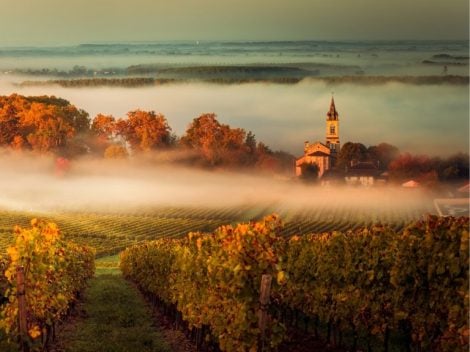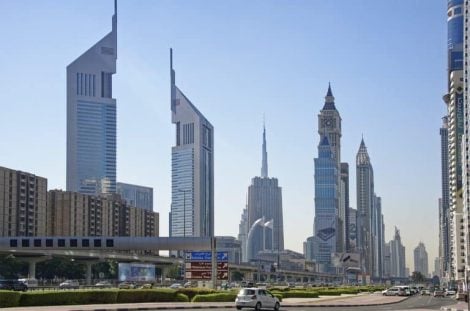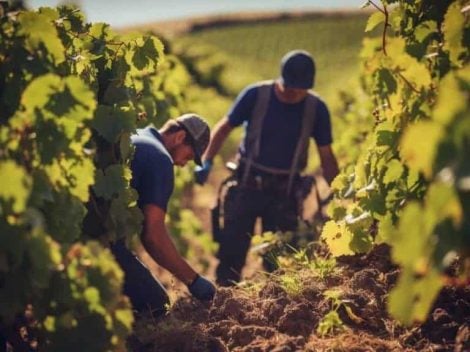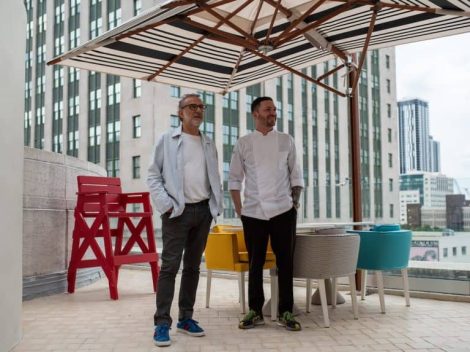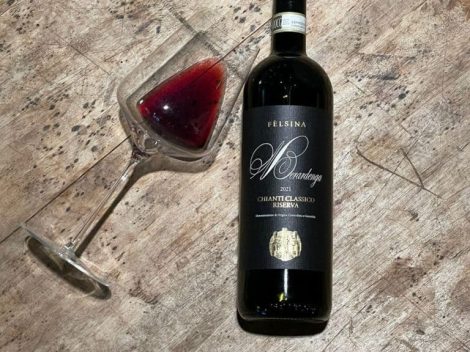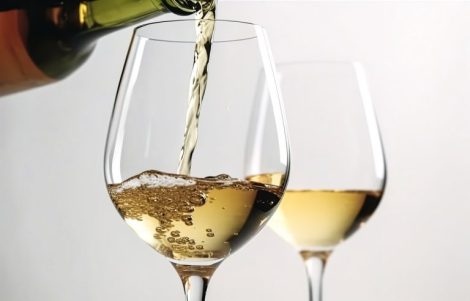An 1,800-year-old wine cellar has been discovered in the province of Siena. This exceptional find occurred during the 17th excavation campaign at the Roman villa of Aiano, dated between the 4th and 7th centuries AD, located in the San Gimignano area, known for Vernaccia production. “Coordinating around twenty Belgian and Italian students and researchers, the campaign has effectively brought to light the vinification room of the villa, an area where wine was produced and stored, the primary source of existence for the villa in Valdelsa,” says Marco Cavalieri, professor of Roman archaeology and ancient Italic studies and director of the archaeological research.
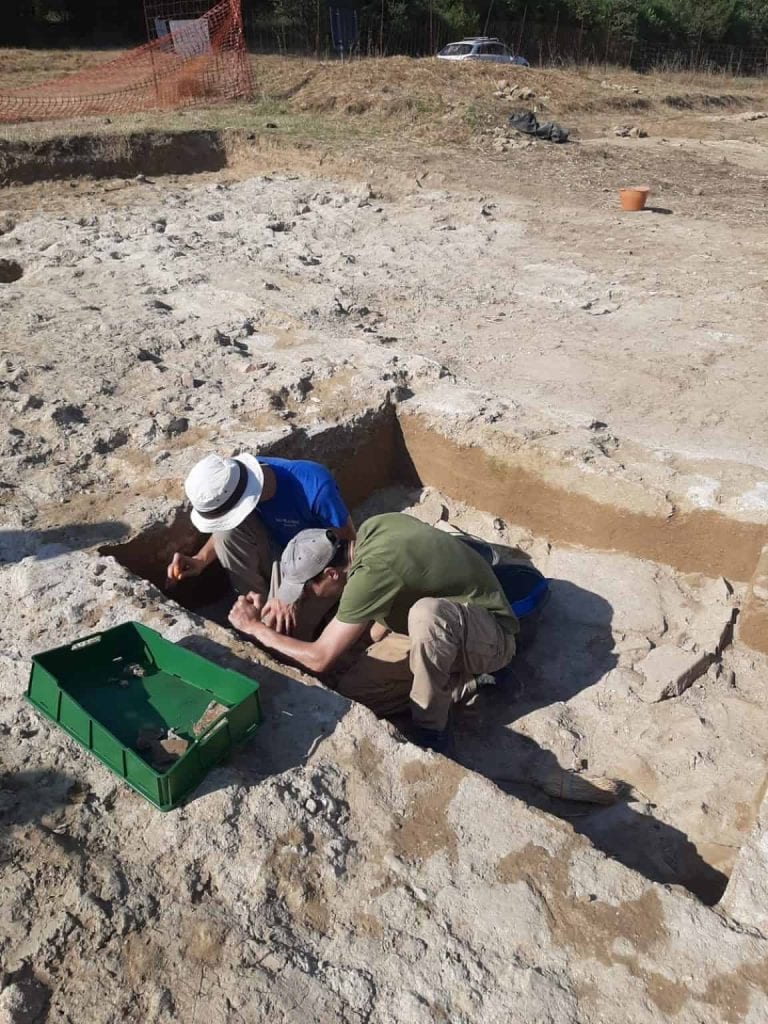
An ancient wine cellar in San Gimignano
The findings suggest that the cellar spaces were dedicated to significant quantities of wine production. Among the discoveries, there was “a large hall measuring about 30 by 9 meters, marked by six axial pillars that delineate two naves, currently the largest room in the villa. About thirty 'dolia defossa' (large buried jars for wine storage) have been found and partially investigated. Based on their positioning and the size of the room, it is possible to assume that originally there were about fifty arranged in four rows, indicating production not just for local consumption.” Over the past two years, two rectangular tanks oriented north-south have also been found, featuring walls coated with hydraulic plaster and concave basins at the bottom for collecting sediment and steps for descending to the bottom.
The function of the tanks
“The tanks were used for fermenting the must,” explains Cavalieri. “The presence of the press has been hypothesized based on still visible traces. Chemical analyses conducted on samples taken from inside the dolia confirmed that the containers were coated with pine resin and pitch, substances used in ancient wine production.”
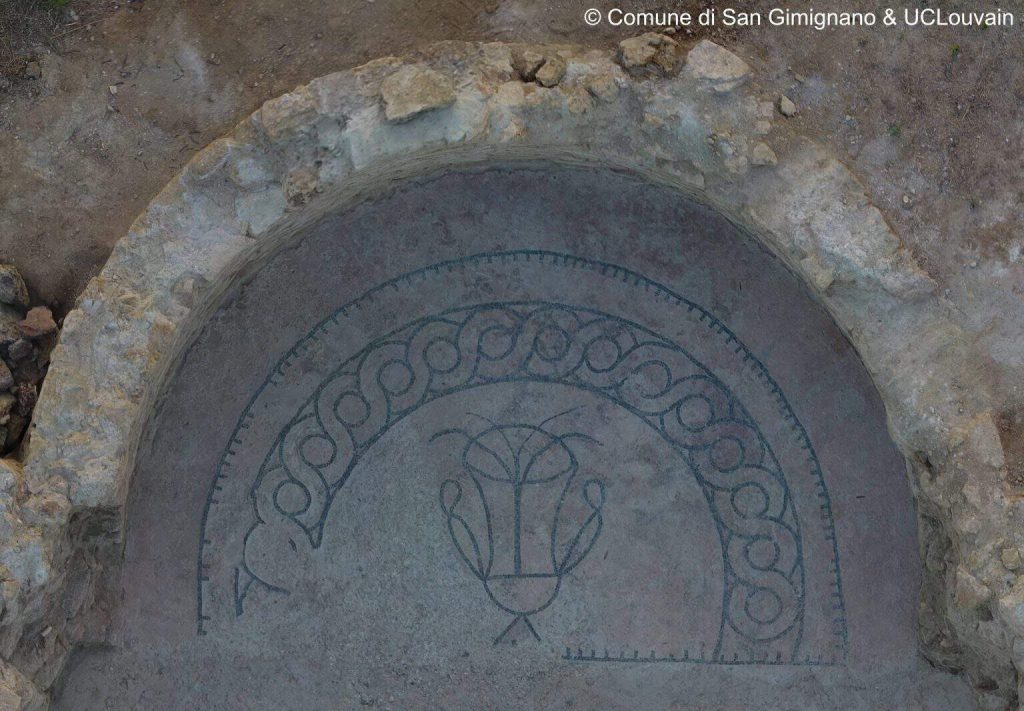
Confirmation of the Roman Villa’s extent
The archaeological research has not only provided new insights into the history of winemaking during the Roman period but also confirms that the villa's area is around 10,000 square meters. This hypothesis had been proposed since 2005 by the Université Catholique de Louvain in collaboration with the municipal administration of San Gimignano.
“The Roman villa of Aiano never ceases to amaze us,” said Mayor Andrea Marrucci. “I thank once again Professor Cavalieri, his excavation team, and the University of Louvain and the Superintendency of Siena for the excavation and in-depth study campaign, which next year will celebrate its 20th anniversary. Today, finally, what has emerged from the excavations and studies finds a worthy and specific placement in the new Santa Chiara Museum Complex, significantly enriching our archaeological section. Additionally, considering the future enhancement, enjoyment, and promotion of the site, the activation of the Art Bonus for the Aiano villa is important, with the project proposal available on the dedicated Ministry of Culture website.”

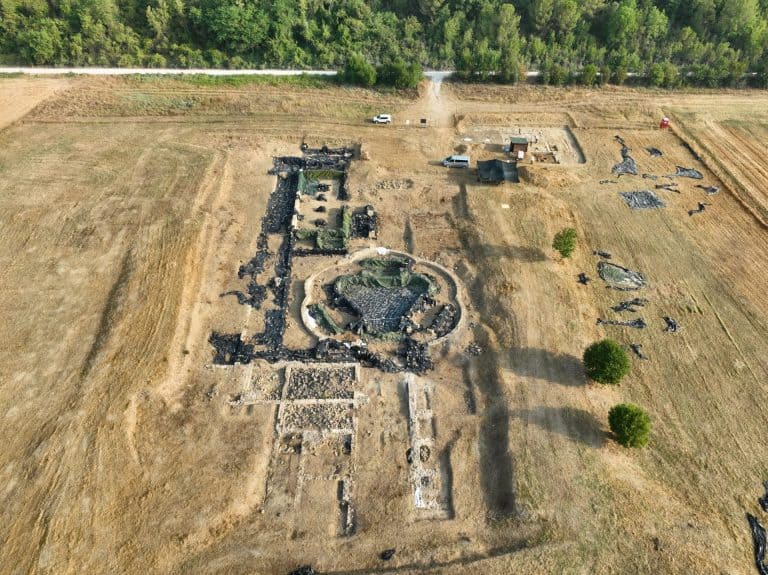
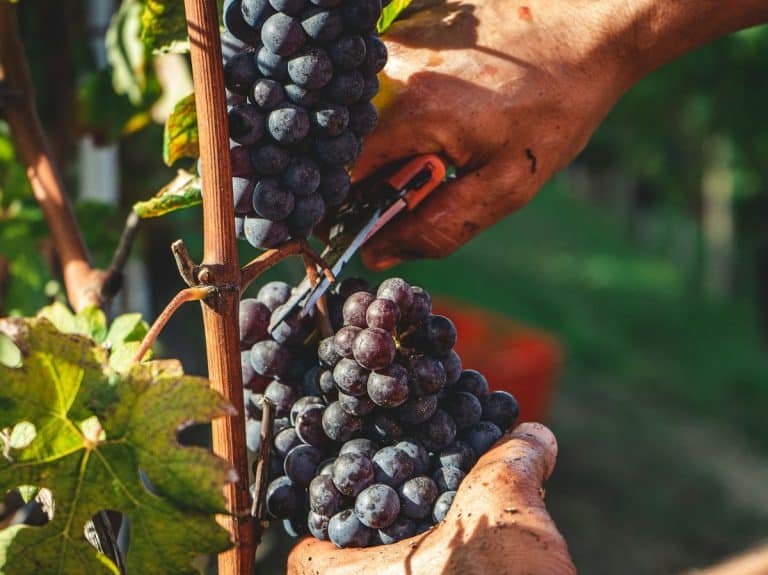 Wine promotion, vineyard uprooting, and support for dealcoholised wines: the European Commission's historic compromise on viticulture
Wine promotion, vineyard uprooting, and support for dealcoholised wines: the European Commission's historic compromise on viticulture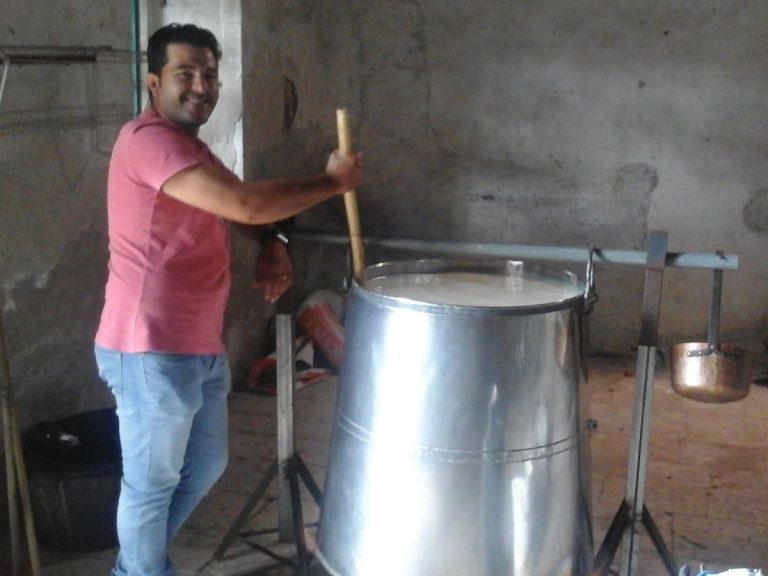 A small Sicilian farmer with 40 cows wins silver at the World Cheese Awards
A small Sicilian farmer with 40 cows wins silver at the World Cheese Awards Women are the best sommeliers. Here are the scientific studies
Women are the best sommeliers. Here are the scientific studies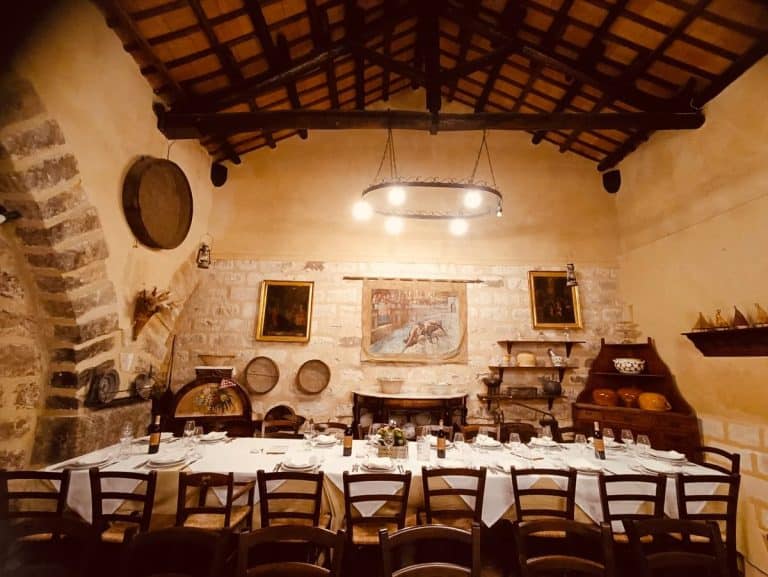 Where to eat at a farm stay in Sicily: the best addresses in the Provinces of Trapani, Palermo, and Agrigento
Where to eat at a farm stay in Sicily: the best addresses in the Provinces of Trapani, Palermo, and Agrigento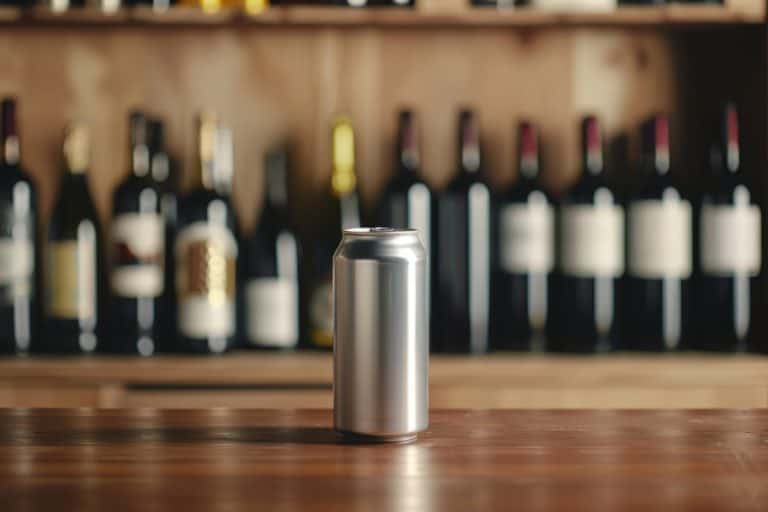 Wine in cans, bottle-fermented, and alcohol free: the unstoppable change in Gen Z’s tastes
Wine in cans, bottle-fermented, and alcohol free: the unstoppable change in Gen Z’s tastes
